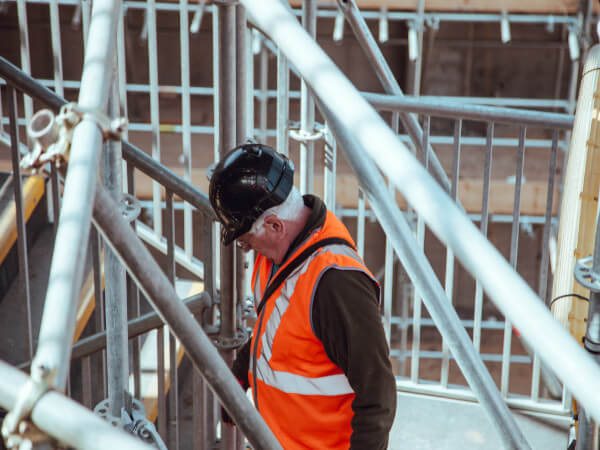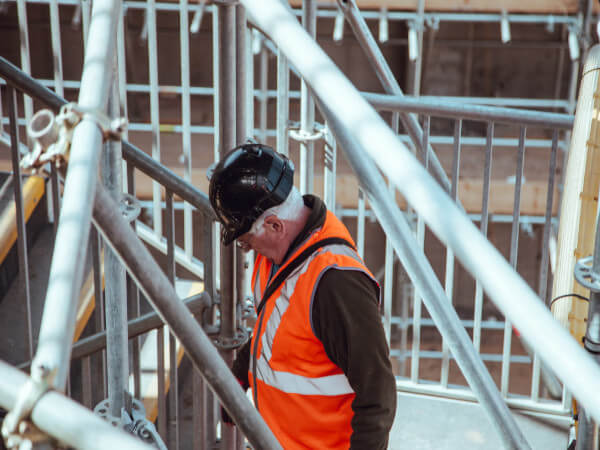
There are sites that are easy, and then there are sites that are boggy, muddy, steep, swampy, treacherous or covered in snow and ice. For the former, 4WD and diff-locks are usually enough. For the later, you may need a Fat Truck.
We first reported on the Fat Truck 2.8C back in 2019. Now the company has come out with an upgraded amphibious version with pickup truck capabilities. The new Fat Truck pickup version 2.8P from the Canadian firm Zeal Motor is designed to transport people material and tools to the jobsite through just about any conditions.
“Some companies have both people and equipment to move,” says Michele Ashton, Zeal Motor sales manager, speaking with Equipment World at the Utility Expo. “It also has a lower price, with the 2.8P model priced at around $120,000, while the 2.8C comes in at more than $140,000.”
The pickup model of the Fat Truck is designed with utility contractors in mind. It can be outfitted with a variety of options including a high-speed capstan, vegetation control spraying unit, water tank, firefighting foam kit and small service crane for equipment and material recovery after heavy rains or storms.
“It has the same bottom, motors, engine, hydraulics and hydrostatic drive as our other model, but the frame is different,” Ashton says. Additional options include front winch and rear hitch, roof rack, rear ladder, rear ROPS, electronic inclinometer, tow package, storage box, tow package, transportation trailer and an extra battery. The company is also working with Provectus Robotics to offer an autonomous version.
The Fat Truck 2.8P carries a payload capacity of 2,200 pounds and can travel up to 25 mph on land and 3 mph on the water. If you’re facing seemingly impossible hills, the truck can climb grades up and down hill on grades 70% and traverse sidehills as steep as 40%.
With its big, high traction tires, the Fat Truck’s footprint is just 1.6 psi, which is five times less than the weight exerted by a human footprint. In addition to great flotation, the low-impact tires tread lightly on sensitive vegetation and won’t crush roots around the drip line of trees clients may wish to preserve.
Dimension-wise, the Fat Truck 2.8P lives up to its name at 103-inches tall, 146.5-inches long, and 100-inches wide with a 20.7-inch ground clearance. It weighs 4,900 pounds.
An automatic tire inflation system ensures you have the optimum inflation for the terrain and load.
The truck runs on a four-cylinder Caterpillar C2.2 turbo diesel that puts out 67 horsepower and 153 pounds of torque. The fuel tank holds 18.5 gallons. Braking is through a hydrostatic transmission with positive deceleration. For safety, the brakes automatically engage anytime you’re not moving.
Did you miss our previous article…
https://www.3555pacific.com/?p=247






